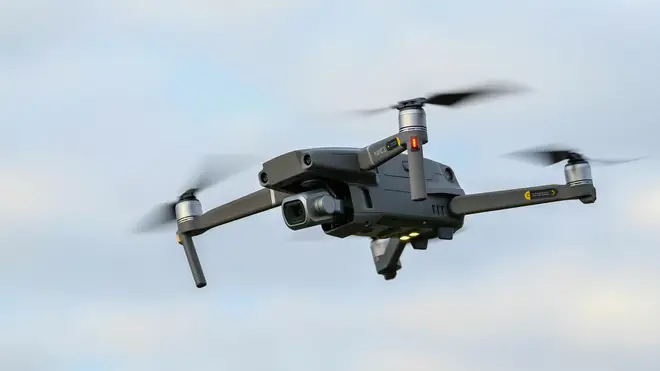
Nick Abbot 10pm - 1am
20 February 2024, 10:14

A consultation has been launched by the Civil Aviation Authority to ease restrictions on the flying gadgets.
Urgent medical deliveries could be made by drones under proposals to ease restrictions on the flying gadgets.
Drone inspections of railways, powerlines and roads could also be increased under plans set out by the Civil Aviation Authority (CAA).
A consultation has been launched by the regulator to cut back rules around pilots operating the devices beyond where they can see them, which would significantly expand their potential uses.
Current regulations mean these flights – which rely on pilots viewing live footage captured by cameras fitted to drones – are primarily only carried out in trials.
Under the proposals, drones will be permitted to be flown beyond the line of sight if they stay at a low height and near buildings or infrastructure, making them unlikely to enter airspace where other aircraft are operating.
CAA head of remotely piloted aircraft systems Kevin Woolsey said: “Our proposals are a positive step towards unlocking the next stage for drone flying in the UK.
“Allowing drones to fly beyond the sight of the remote pilot, without placing restrictions on other aircraft in the area, will be a major achievement for UK drone operations.
“Safety comes first in everything we do and so we have identified sensible mitigations on where drones can fly using this proposed concept to make sure we maintain levels of safety.”
The consultation is part of Future Flight, a cross-Government and industry programme to develop innovative use of the UK’s airspace.
In December, air traffic control (ATC) provider Nats carried out the UK’s first live simulation of a flight involving an electric vertical take-off and landing (eVTOL) aircraft, which are often referred to as flying taxis.
Nats is developing an app enabling eVTOL operators to file flight plans which can be approved or amended automatically, ensuring they do not interfere with other aircraft and require voice communication with ATC only in exceptional circumstances.